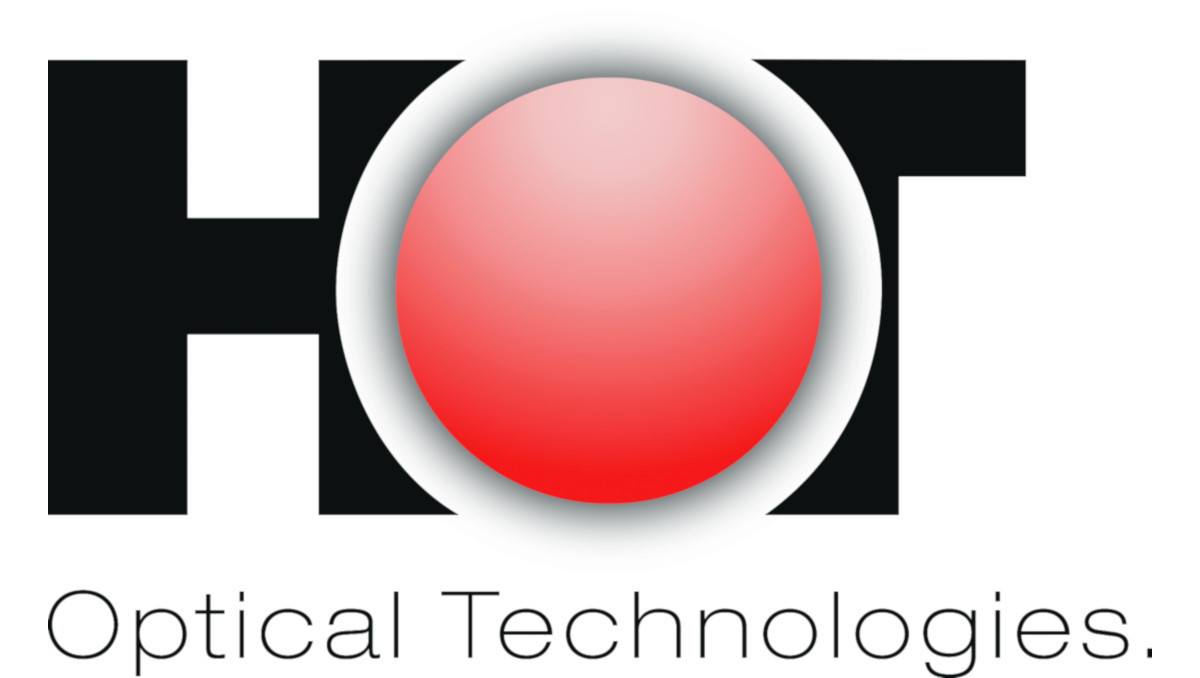





[Text en: Mikroplastik]
Microscopically small plastic particles - microplastics - are by now ubiquitous in the environment. They were found in marine waters and fresh water systems all over the world, and increasingly also in drinking water. This is especially worrisome, given that basically all food stuffs - from the obvious like beer, lemonades, and soda to the less obvious products like bread - contain significant amounts of drinking water, and thus are contaminated with microplastics.
More troublesome, microplastics itself is an umbrella term for plastic particles smaller than 5 mm, thus it encompasses a wide variety of particles of different materials with very different properties in vastly different shapes and sizes (as long as they're smaller than 5 mm). These particles are often contaminated with pigments, softeners, flame retardants, tensides, and other pollutants added during the production of the polymer or adsorbed by the particle on its way through the environment. In addition, some types of polymers provide perfect growth surfaces for bacteria, and may cause localized pathogen concentrations far higher than normally seen in the averaged water collumn. All this distinctly separates microplastics from other, naturally occurring sediments.
To learn more about the effects of microplastics and other microparticles on microorganisms, the HOT performed a long time experiment elucidating the effects of microplastics extracted from personal care products on microalgae with conventional white light microscopy and confocal Raman microscopy.
The current standard method for detecting microplastics is microscopy of a water sample. In case of large water volumes, the water is filtered and the filtered material subsequently analyzed. This means, that microplastic monitoring is first of all limited by sampling. The identification of the contaminating polymers - if at all - is subsequently done using FTIR- or Raman spectroscopy. Detecting contaminants embedded in the plastics during their production or absorbed to their surface currently requires complex chemical analyses.
The joint project OPTIMUS, funded with 1.26 million Euro by the German Federal Ministry for Education and Research, aims to change that. The group of nine partners from industry and the scientific community plans to develop an innovative analysis system based on Raman spectroscopy and holographic microcopy to allow continuous monitoring of streaming drinking water for microplastic contamination.
The sub-project at HOT works on two central aspects of the project: we realize the Raman spectroscopic detection of microplastic particles in flowing drinking water with all its spectroscopically relevant components such as lime, humic substances, sediments, non-hazardous bacteria, micro-algae, and so on; and we analyze the material properties of microplastics (form, size, chemical composition via Raman spectrum) found in surface waters, and how all these properties affect the detectability of the particles.
Microplastics and environmental analytics are strongly developing topics at HOT with a lot of opportunities for student and master thesis works.
See also:
S. Sujathan, A.-K. Kniggendorf, A. Kumar, B. Roth, K.-H. Rosenwinkel, R. Nogueira (2017): Heat and Bleach: A Cost-Efficient Method for Extracting Microplastics from Return Activated Sludge doi: 10.1007/s00244-017-0415-8
